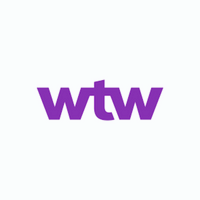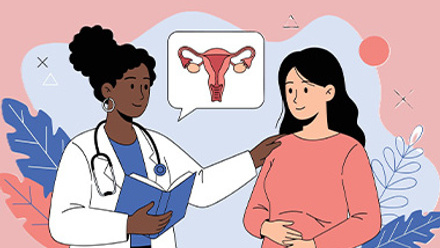Ways to use benefits to support women’s physical wellbeing
Diversity, equity and inclusion is a corporate imperative in today’s workplace. With scrutiny in recent years of gender pay gap reporting, employers are increasingly looking to make positive impacts in other areas of imbalance besides pay, so as to cultivate a true culture of inclusivity.
However there remains significant work ahead. Willis Tower Watson’s (WTW) Global Benefits Attitudes Survey 2022 found that only 44% of female employees saw their employer’s benefits to be effective in meeting their needs, versus 56% of male employees.
Female-specific health conditions can have a considerable impact on employee engagement and wellbeing, as well as business productivity, presenteeism, absence and employee turnover.
Here we look at 5 ways to support physical wellbeing in the workplace for female employees (and employees who may not identify as female, but may experience health conditions linked to being assigned female at birth).
1. Review your HR policies and benefits
Complete an inclusion and diversity focused audit of your HR policies and employee benefits to benchmark your programme, identify gaps in gender specific healthcare provisions, map care where benefits already exist and ensure HR policies fully support gender equity.
Employers can effect positive change simply by reviewing their employee demographic and assessing the benefits and policies offered to see where these can be improved or better communicated to staff.
Gathering employee feedback from focus groups and employee resource groups (ERGs) can help pinpoint areas where support should be prioritised or is lacking.
Consider the increasing challenges on the NHS and how corporate benefit programmes can support good female health. Offering on-site mammograms or other gender specific screening programmes can encourage employees to take a proactive approach to managing their health.
Spotting signs of ill health as early as possible greatly improves health outcomes as well as reducing time away from work and treatment costs.
2. Communication is key
Despite many companies already have a plethora of useful benefits in place, staff aren’t always aware of them or how they can support them. Helping employees to understand how to access the right treatment can have positive impacts for the business, including reducing health-related insurance premiums, improving absence and productivity and increasing employee engagement and retention.
Educating the workforce on gender-specific health-related topics can also promote good physical health. For example, the British Heart Foundation reports that although heart disease is often seen as a ‘man’s disease’, in recent years in the UK coronary heart disease accounts for more than twice as many female deaths as breast cancer.
Designing personalised and targeted health and wellbeing communication campaigns is vital to ensuring women are empowered to know their bodies, understand risks, spot signs of ill health and manage their physical wellbeing.
3. Training for line managers
Creating line manager toolkits can enable an organisation to provide effective health support to female employees, regardless of a manager’s knowledge or experience of a specific gender-related health issue.
Toolkits in female health areas, such as assisted fertility treatment, menopause, or endometriosis, can often be provided by insurers or employee benefit vendors at little or no additional cost and can equip business managers and supervisors to give employees the right advice in the moment that matters, on how to access treatment or support.
4. Promote a culture of dignity and respect
Promote a workplace culture that encourages women to feel able and safe to speak openly about their physical health and share their stories with each other. Gender equity ERGs, holding menopause cafés, workforce webinars on the impact of infertility or miscarriage, or disseminating education materials on other gender-specific health issues are examples of ways to help employees feel comfortable talking about their health and physical wellbeing and seeking the required treatment and support.
Engagement and personal stories from senior leaders in the business can further help remove the stigma associated with sensitive health topics and normalise the conversation.
5. Offer work flexibility
Certain female health conditions, such as the menopause, pregnancy or fertility issues, can severely impact physical health or an employee’s ability to work. If an employee is struggling due to one of these conditions, their ability to remain in the workforce can be significantly aided by offering flexible work patterns.
Indeed, as WTW’s 2022 Global Benefits Attitude Survey showed, 39% of employees wanted flexible work to be the key benefit focus for employers.
A flexible work schedule, which could include job sharing, reduced working hours, different shift or break patterns and remote or hybrid working, allows employees to manage their work around their ability to work, which can be cyclical or based around medical appointments or treatment plans.
Carefully designed flexible work patterns for individual workers can help to reduce absenteeism and presenteeism, while promoting female employee health and engagement.
In summary, addressing gender bias and inequalities in health and care is an important step for employers of all sizes, across all industries, not only to ensure staff wellbeing, but to allow employees to thrive. Our health affects every aspect of our lives, so having the right tools and support allows us to feel empowered to take charge of our health, which reflects on workplace performance and productivity.
Supplied by REBA Associate Member, WTW
WTW is a leading global advisory, broking and solutions company.








